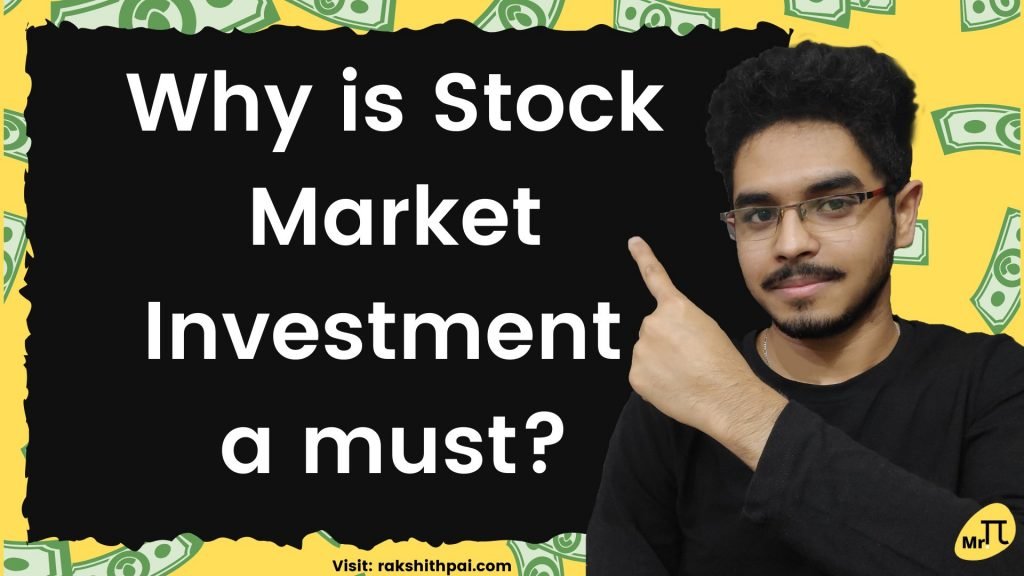Table of Contents
Introduction:
ELSS funds known as Equity Linked Saving Scheme are mutual funds that invest a significant portion of their assets in equity or equity-related securities.
ELSS funds are also referred to as tax-saving plans since they provide an annual tax exemption of up to Rs. 1,50,000 under Section 80C of the Income Tax Act.
As the name implies, an ELSS fund is an equity-oriented fund that requires a three-year lock-in period. Many taxpayers have turned to ELSS schemes in recent years to take advantage of tax benefits.
If you invest in ELSS schemes, you can claim tax benefits on the amount invested up to a maximum of Rs.150,000. Additionally, the income earned under this scheme at the end of the three-year period will be taxed at a 10% rate as Long Term Capital Gain (LTCG) (if the gain is above Rs.1 lakh).
Tax benefits under ELSS Investing:
As discussed previously, Section 80C of the Income Tax Act entitles you to a tax deduction on the principal invested in an ELSS program. This is a cumulative deduction benefit, which means that you can claim a tax deduction of up to Rs.1.5 lakh for investments made in any of the designated instruments, such as ELSS, NSC, or PPF.
Additionally, these plans require a three-year lock-in period. As a result, when you redeem the units, you earn long-term capital gains or LTCG.
These gains are tax-free up to a maximum of Rs.1 lakh in a single financial year. Above this threshold, any LTCG is taxed at 10% of the gains exceeding Rs.1 lakh without indexation.
Major features of ELSS funds:
- Income from the funds is treated as long-term capital gains and is taxed in accordance with the applicable tax regulations.
- Under Section 80C of the Income Tax Act, the invested amount is tax-deductible up to Rs.1,50,000.
- The fund invests in a broad portfolio of equity securities spanning various market capitalizations, themes, and industries to bring in diversification.
- There is no maximum investment tenure. However, there is a three-year lock-in period.
- At least 80% of the investible corpus is allocated to equities and equity-related products.
Why Invest in ELSS?
ELSS is a great add-on tool for diversifying one’s portfolio. Most of the ELSS funds allocate portfolios in such a manner that they touch all variants of the market with Large-cap given priority.
ELSS investing is flexible and affordable and Hence is considered the go-to option for most Indians. On top of the tax benefits, ELSS also provides above-average market returns.
Hence, Investing in ELSS is not only suggested for their tax benefits but also for the long-term wealth they could help us generate. Investing in ELSS funds via SIP for the long term is the best option for all working-class Indians.
Factors to consider before ELSS Investing:
When investing in an ELSS mutual fund, you must consider the following factors:
Investment horizon
You must have a longer-term investment horizon than five years in order to invest in ELSS funds. Due to the equity component of ELSS funds, a longer investment horizon is required to offset market volatility.
Risk-Returns
It is critical to recognize that ELSS funds do not offer guaranteed returns because their performance is totally contingent on the performance of the underlying securities. Having a longer investment horizon than five years, on the other hand, can result in larger returns than any other tax-saving investing strategy.
Three-year lock-in term
ELSS mutual funds have a three-year lock-in period. Your assets are required to remain locked in for three years from the date of investment, during which time you may not redeem your holdings.
How to Invest in ELSS:
ELSS can be invested in the same way as any other mutual fund. The most straightforward method is to open an Online Investment Demat Account. You can invest in cash or through a SIP (systematic investment plan).
SIP ensures consistency and discipline and mitigates capital risk.
You can start investing in an ELSS fund with as little as INR 500.
While tax benefits are limited to INR 1.5 lakh, you are free to invest as much as you choose.
If you are not interested to open a Demat account. You can get access to ELSS funds PhonePe or PayTm & such other. Simply go to PhonePe and click on “Investments – Save Taxes”, start with as little as Rs.500.
These schemes feature a three-year lock-in period from the date of unit assignment. After the lock-in term expires, the units are available for redemption or switching. ELSS funds are available in both growth and dividend strategies. Additionally, investors may invest through Systematic Investment Plans (SIPs).
ELSS SIP or Lumpsum?
SIP investing is recommended if you are not willing to take on additional risks. When you invest via a SIP, you gain the ability to invest in a fund across a business cycle. This enables you to reap the benefits of fund unit purchases across market cycles.
When the markets are bearish, you acquire more units, whereas when the markets are bullish, you purchase fewer units. As a result, the price at which you purchase fund units averages out over time and ends up being on the low side.
When the markets rise, you will benefit from this since you will realize bigger capital gains upon redemption. This advantage is not accessible if you make a one-time investment.
Investing in a lump sum is not recommended unless the markets are in a bear market and you are willing to take on increased risk and have a longer investment horizon. You miss out on the potential to invest in fund units over business cycles, which requires you to hold your investment for longer than 5-7 years to get significant returns.
Top Performing ELSS funds include (3 Yrs return):
- Quant Tax Plan Fund – 37.75%
- BOI AXA Tax Advantage Fund – 30.95%
- Mirae Asset Tax Saver Fund – 26.51%
- Canara Robeco Equity Tax Saver Fund – 26.17%
- IDFC Tax Advantage Fund – 24.73%
Conclusion:
Equity Investing is the best long-term strategy for wealth creation. Your PPF and NSCs will not be able to match the long-term returns of ELSS funds. Simultaneously, the extent to which you invest in ELSS funds should be governed by your total asset allocation. Invest no more than the amount you intend to dedicate to equities.
You must alter your approach to tax planning. It appears as though you invested in ELSS funds all at once during the January tax planning season. Investments in equities should not be made in lump sums. A better approach is to begin monthly SIPs to benefit from rupee cost averaging. Rather than investing Rs.50,000 in ELSS all at once, you should divide it into monthly SIPs of Rs.4000-5000.
Thus, if you invest Rs.50,000 in an ELSS Fund, the amount is deducted from your total taxable income, thereby reducing your tax liability.
For more Information, Check this Video:
Disclaimer: All the information on this website is published in good faith and for general information purposes only.









